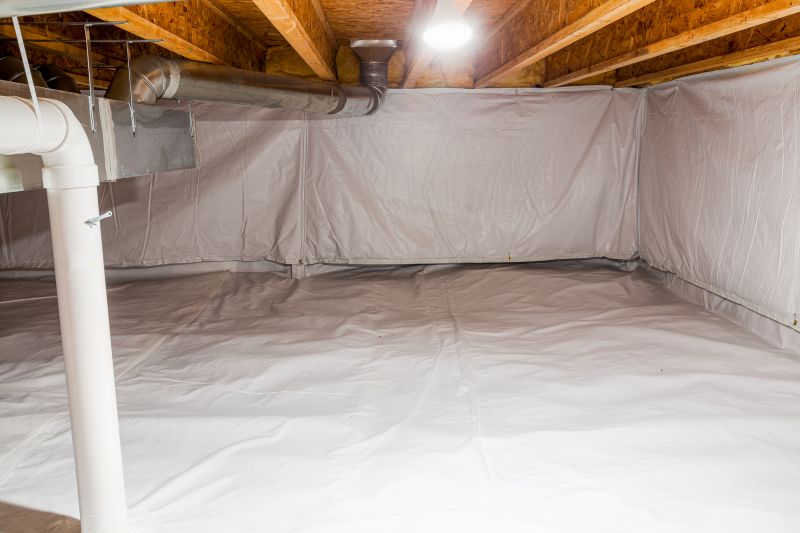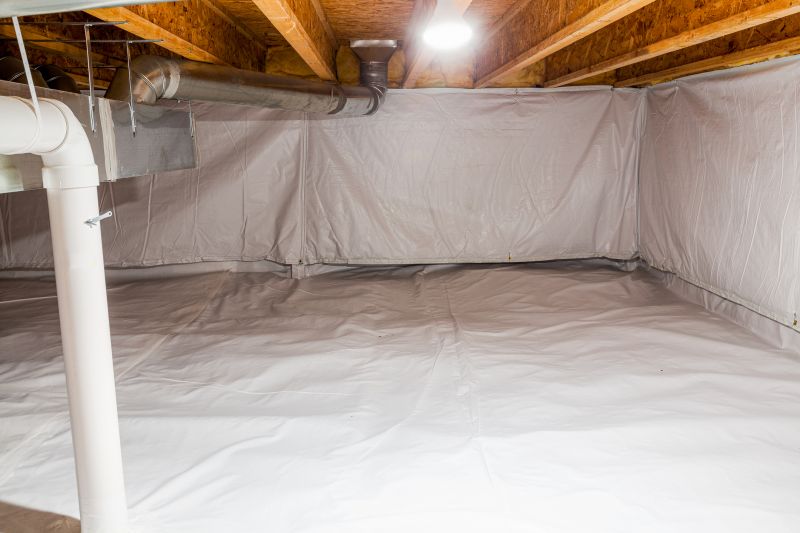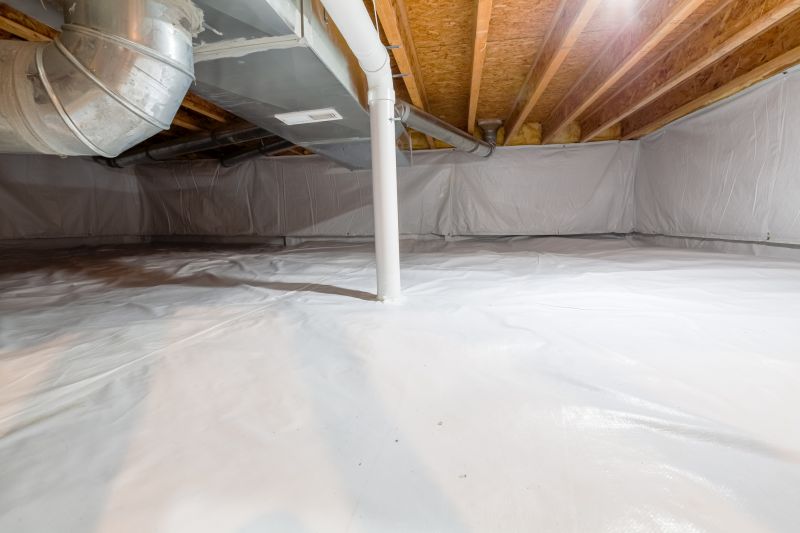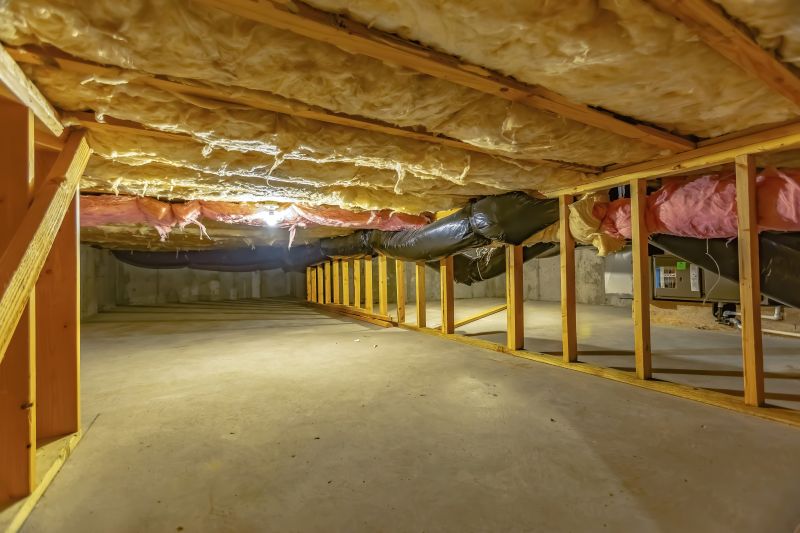Reliable Crawlspace Encapsulation to Safeguard Your Property
Crawlspace encapsulation is a vital process that involves sealing and insulating the crawlspace to prevent moisture intrusion, improve air quality, and enhance home energy efficiency. Proper encapsulation can significantly reduce the risk of mold growth, wood rot, and pest infestations, which are common issues in unsealed crawlspaces. In Brentwood, TN, where humidity levels can fluctuate, encapsulation offers a reliable solution to maintain a healthier and more comfortable living environment.
Encapsulation prevents excess moisture from entering the crawlspace, reducing the risk of mold and structural damage.
Sealing the crawlspace helps maintain consistent indoor temperatures, lowering energy bills and improving comfort.
Encapsulation reduces the infiltration of mold spores, dust, and allergens, leading to healthier indoor air.
A sealed crawlspace deters pests such as rodents and insects from entering and nesting.

A fully sealed and insulated crawlspace showing clean, finished walls and vapor barrier.

A close-up of the vapor barrier installed on the crawlspace floor, preventing moisture ingress.

Insulation installed within the sealed crawlspace to improve energy efficiency.

A tidy, finished crawlspace with sealed walls and proper ventilation features.
Failure to encapsulate a crawlspace can lead to serious issues such as increased energy costs, mold growth, and structural deterioration. Studies show that unsealed crawlspaces can contribute to up to a 15% increase in home energy consumption due to air leaks and insulation loss. Additionally, moisture problems can result in health concerns from mold spores and allergens, impacting residents' well-being. Addressing these risks through professional encapsulation can protect the home’s integrity and indoor air quality.
| Risks of Not Encapsulating | Potential Consequences |
|---|---|
| Moisture Intrusion | Mold growth and wood rot |
| Higher Energy Bills | Increased heating and cooling costs |
| Pest Infestations | Rodents and insects nesting in the crawlspace |
| Structural Damage | Foundation weakening over time |
| Poor Indoor Air Quality | Allergens and mold spores circulating in the home |
| Decreased Home Value | Potential buyers may be concerned about moisture issues |
| Health Risks | Respiratory problems caused by mold and allergens |
| Inconsistent Indoor Temperatures | Uncomfortable living conditions |




